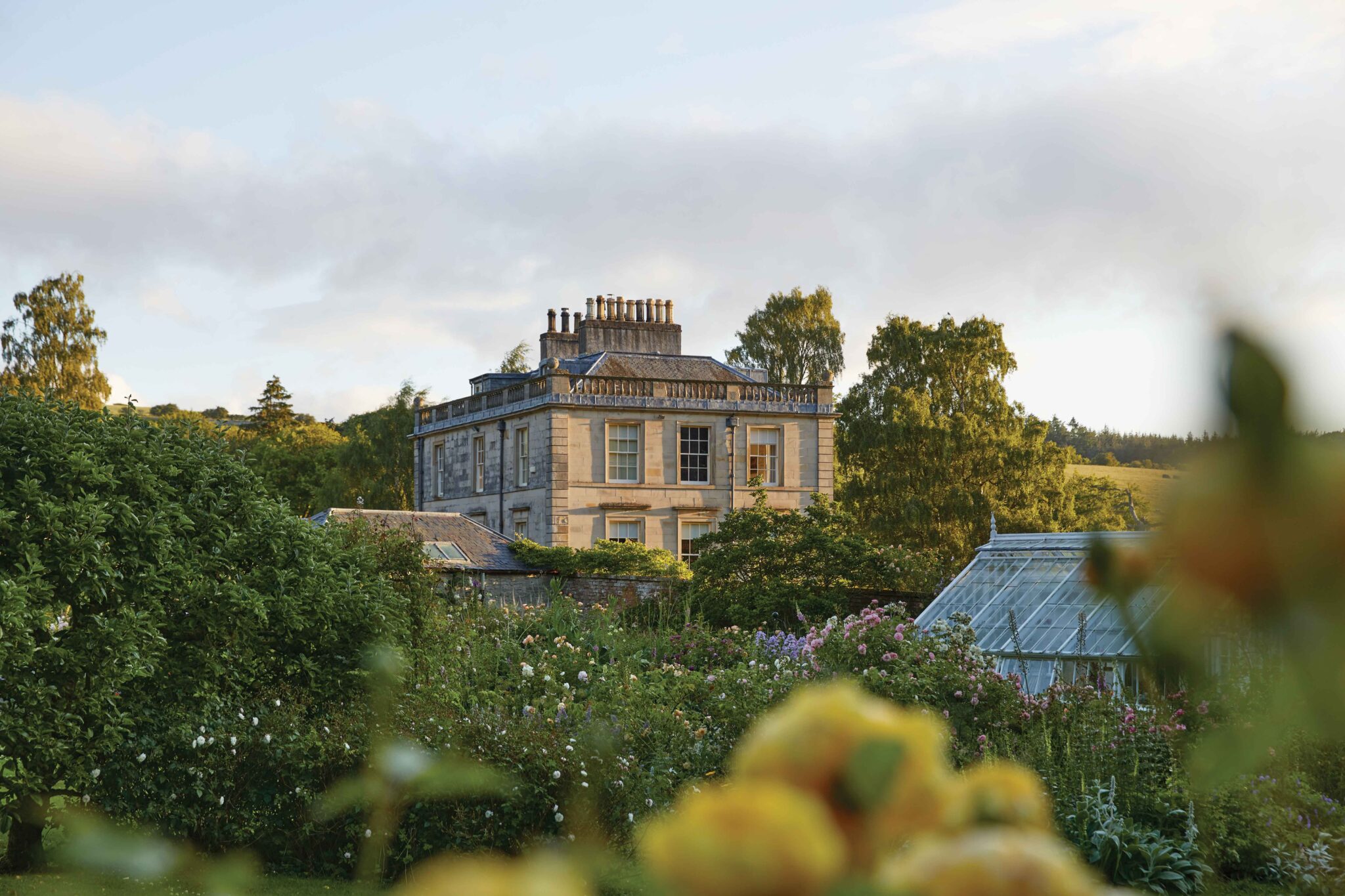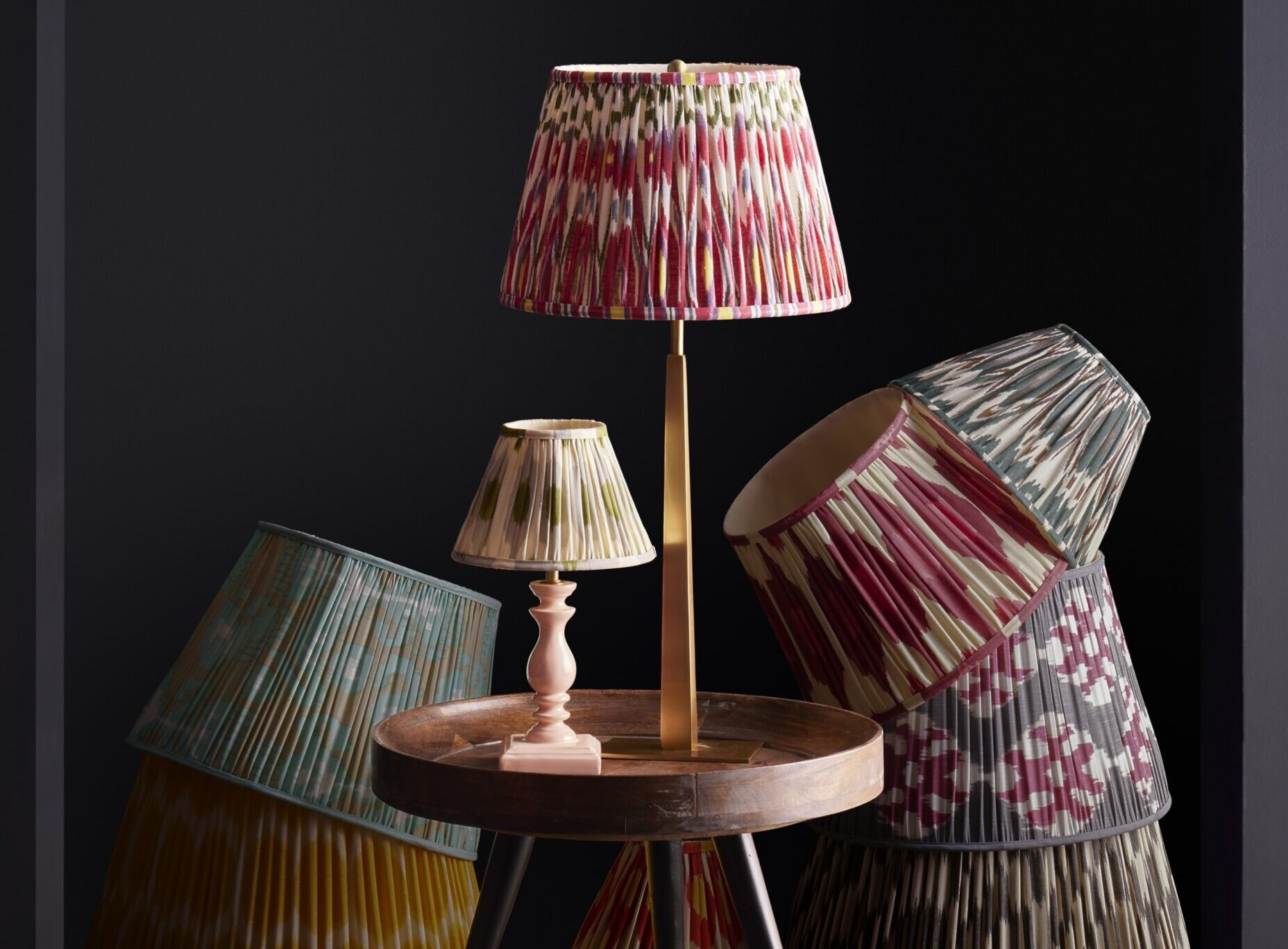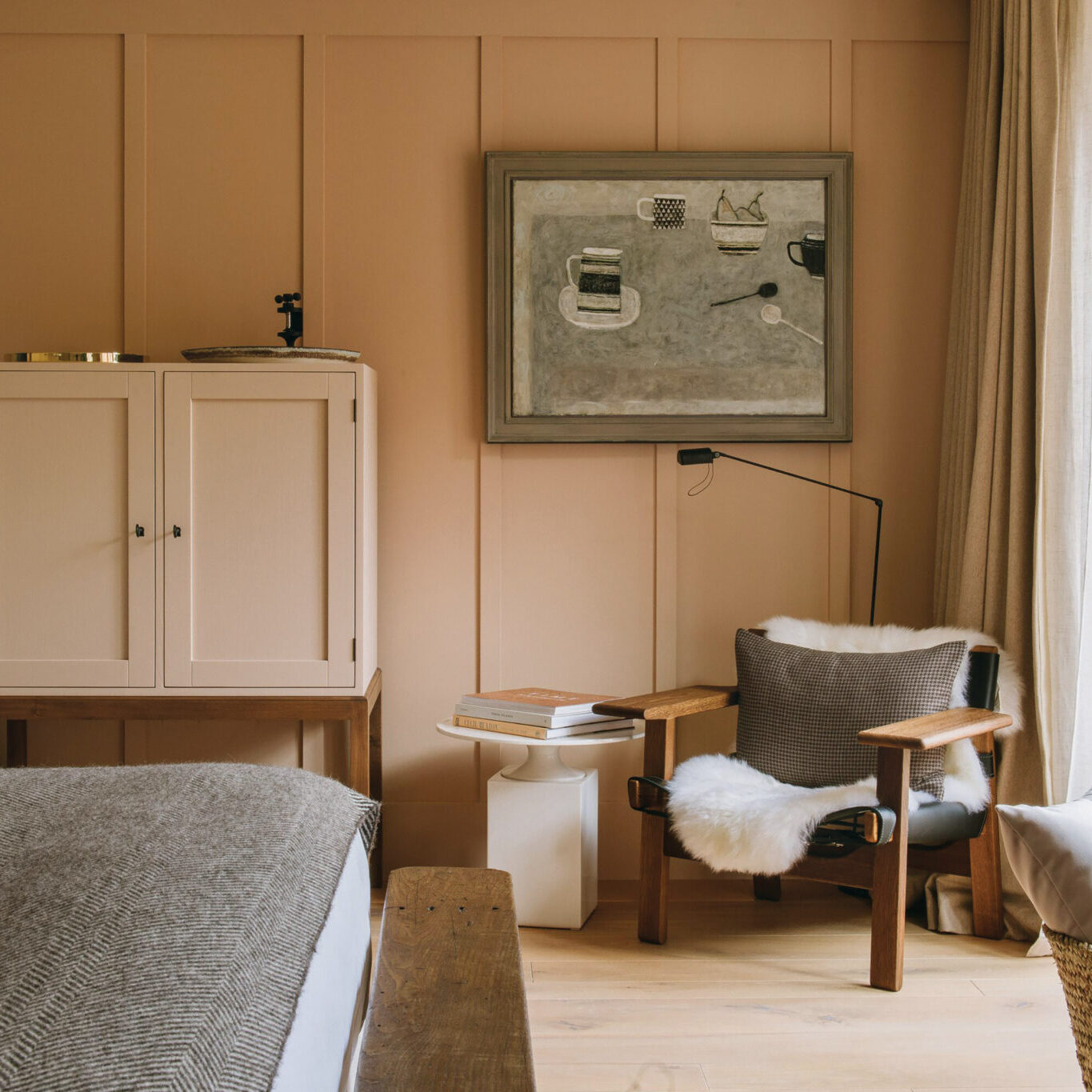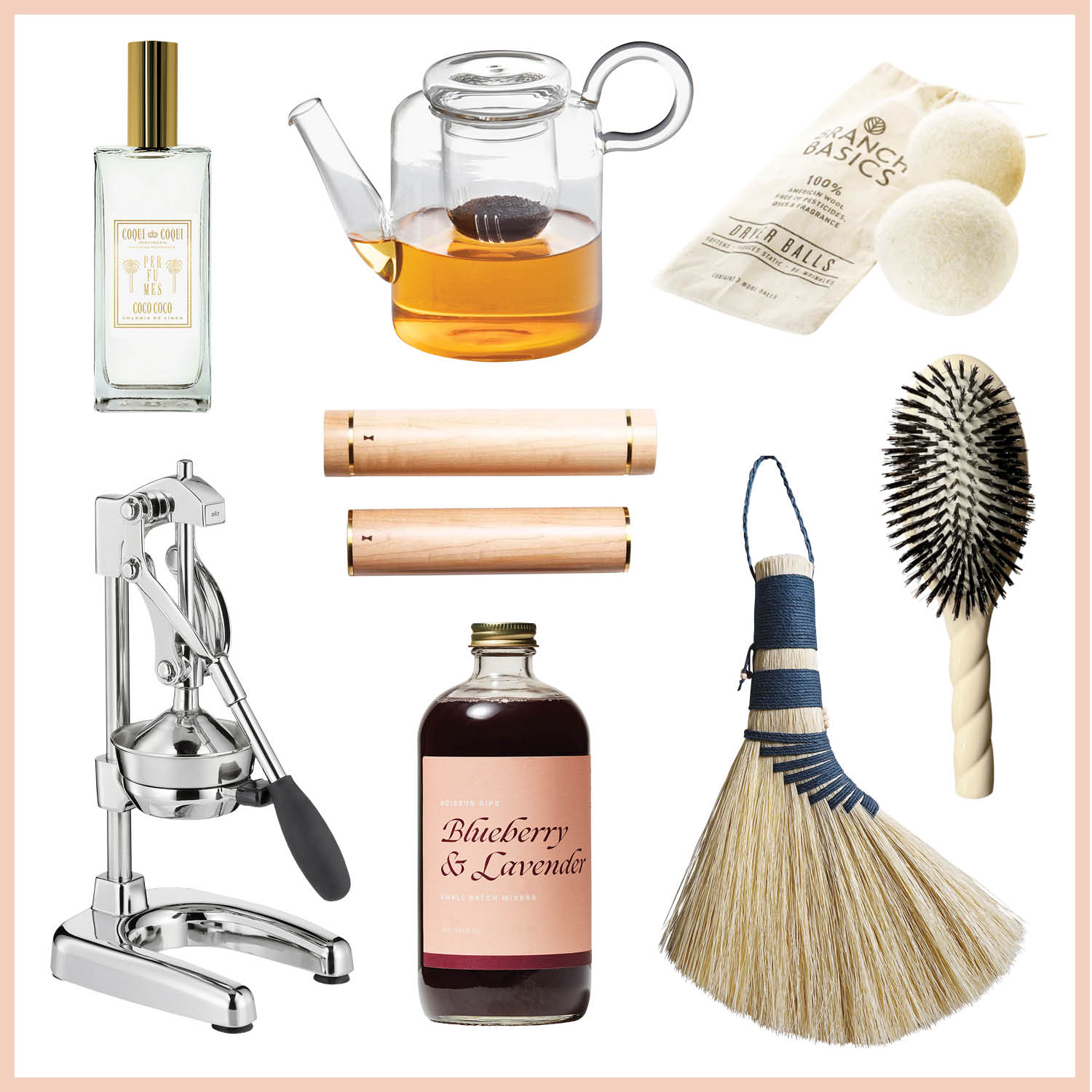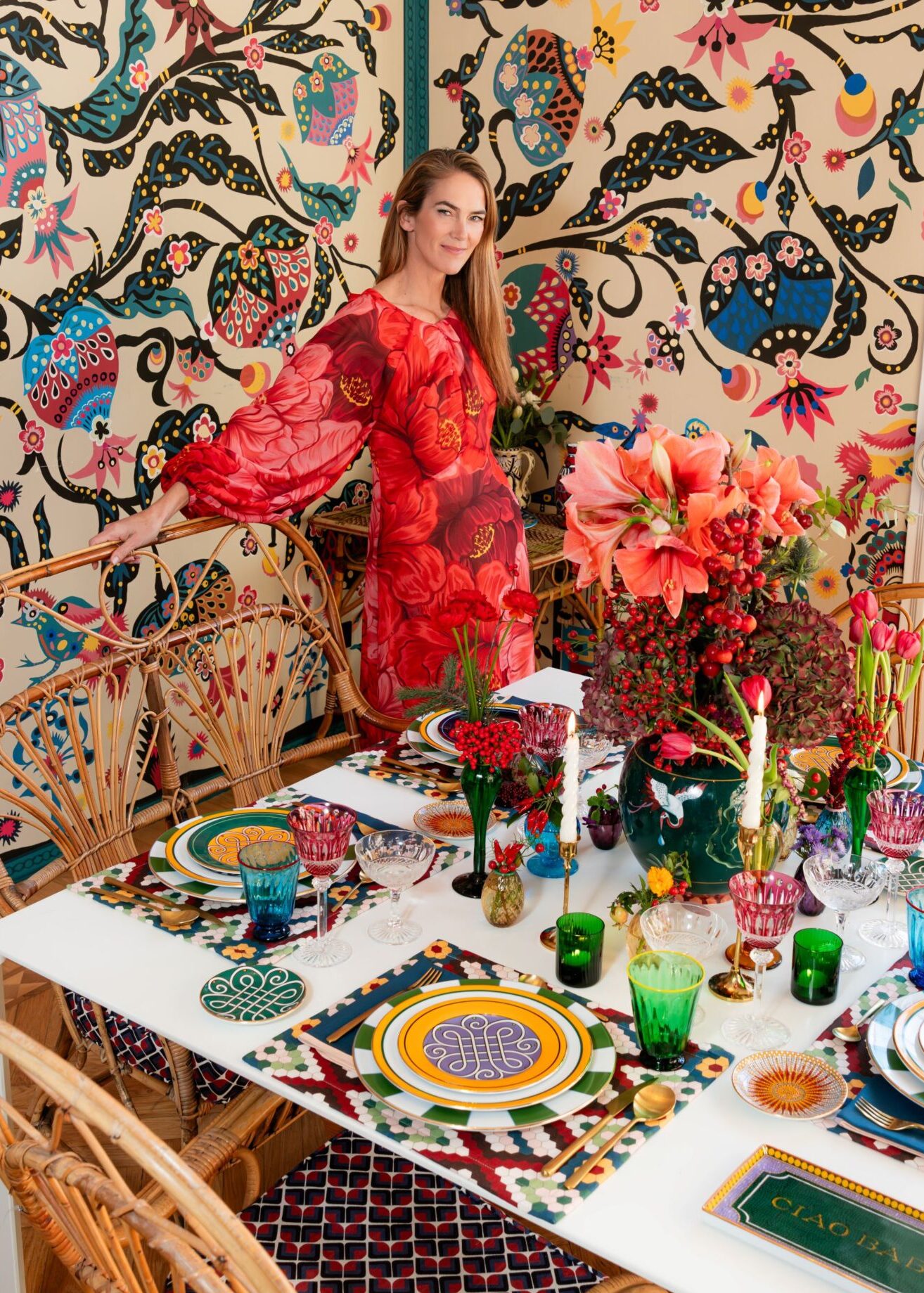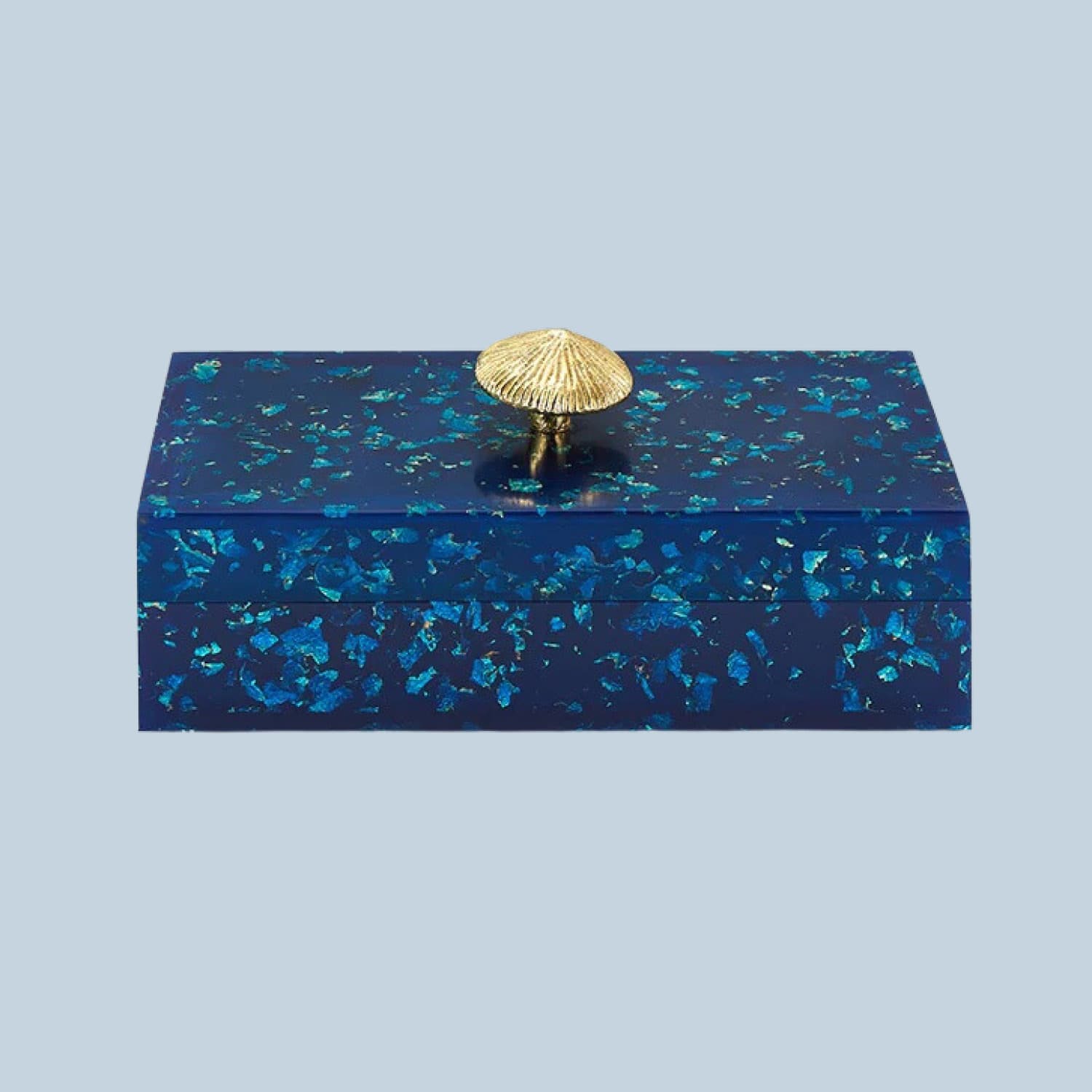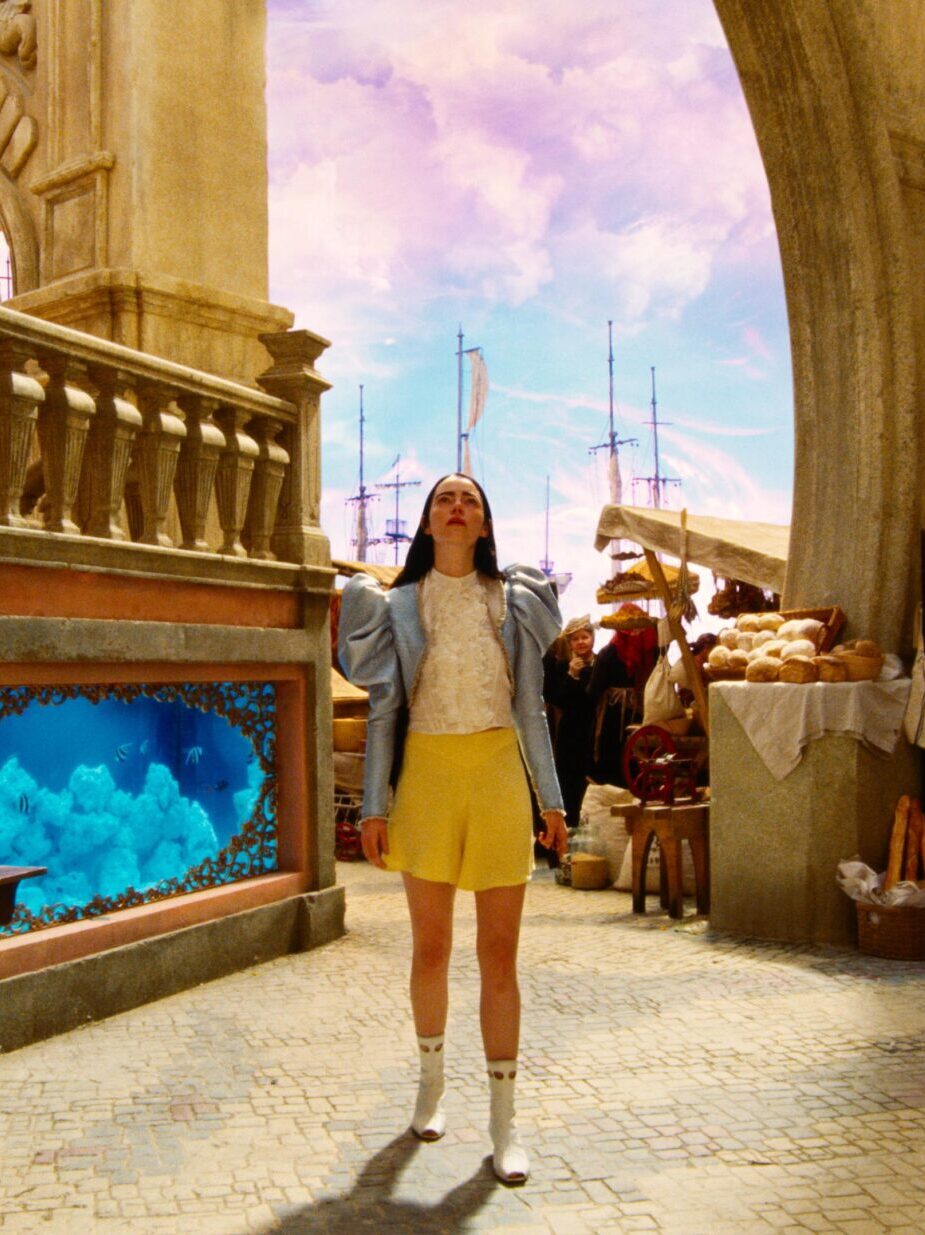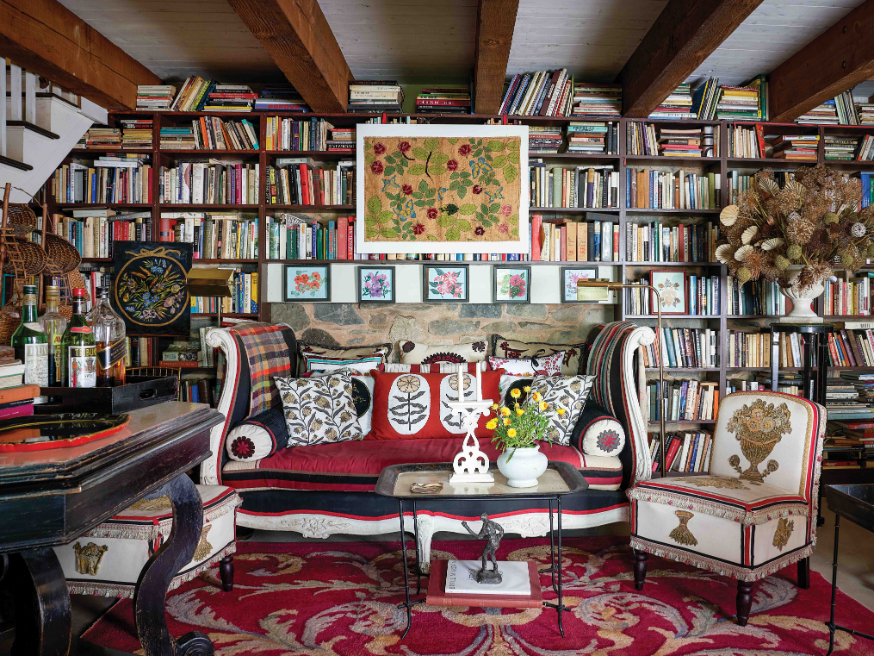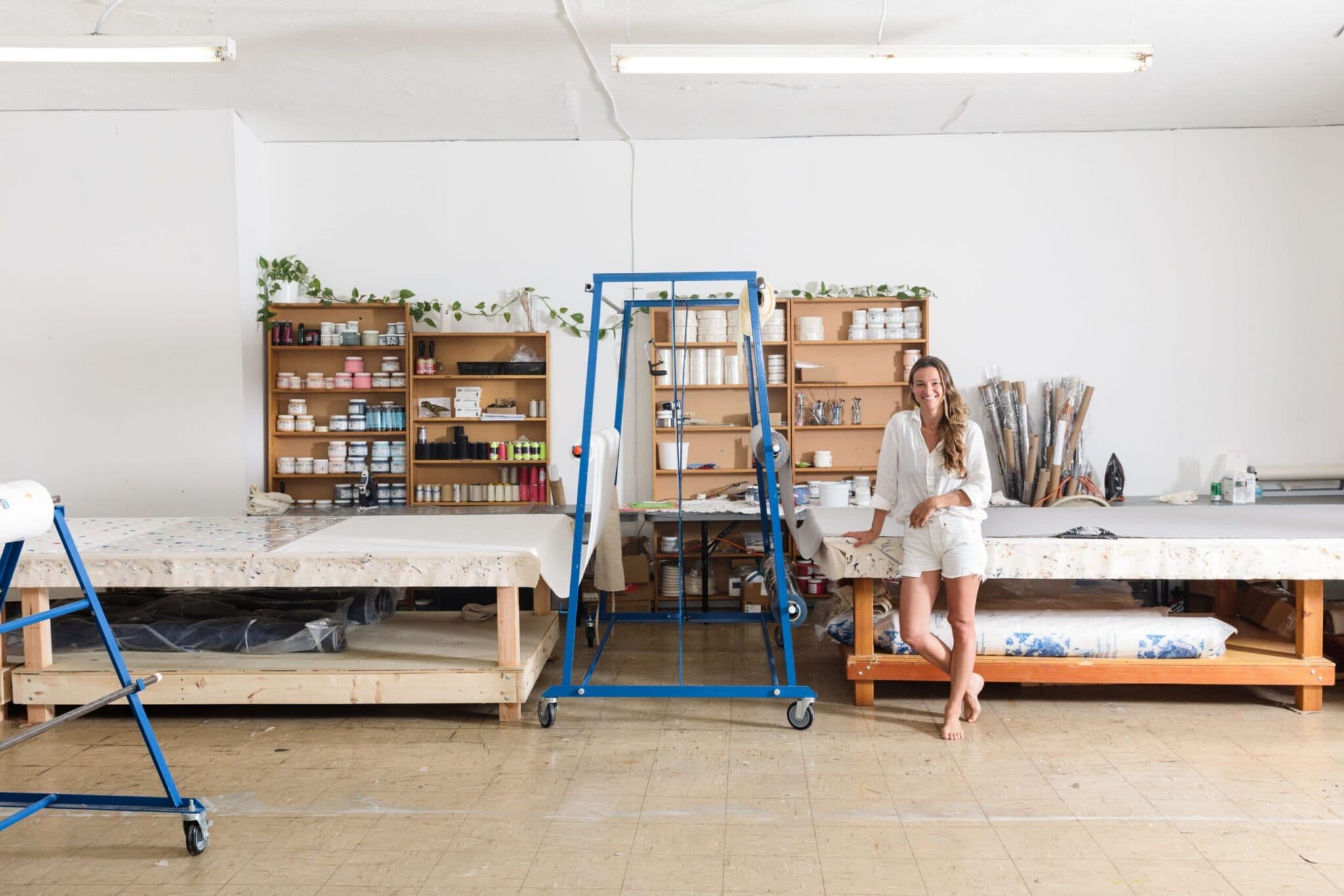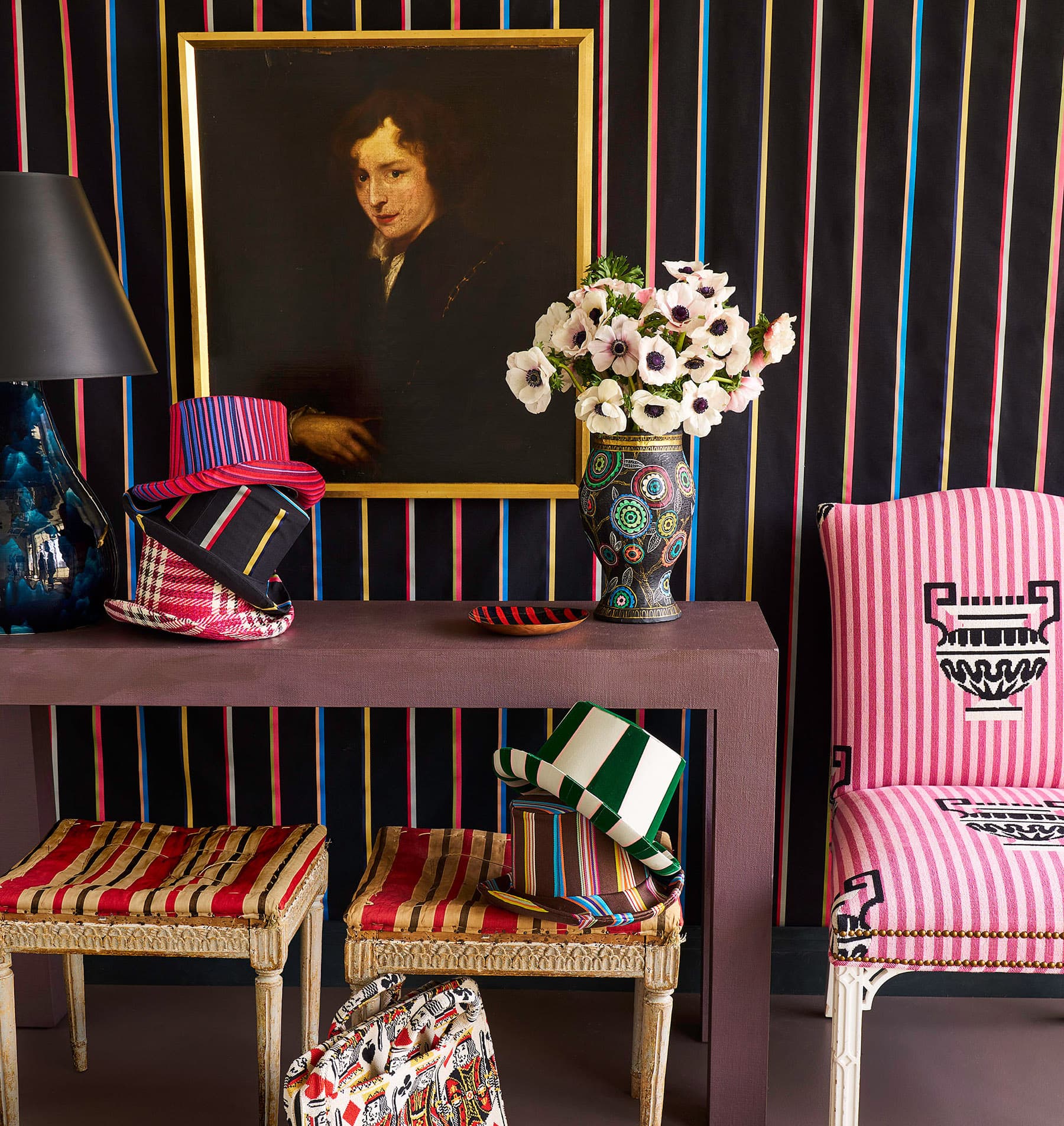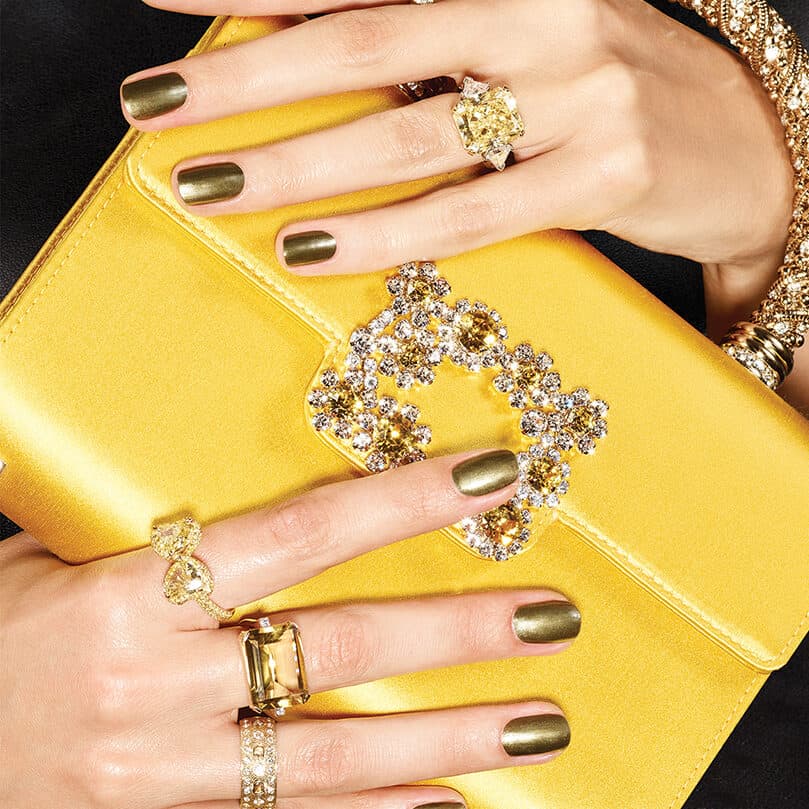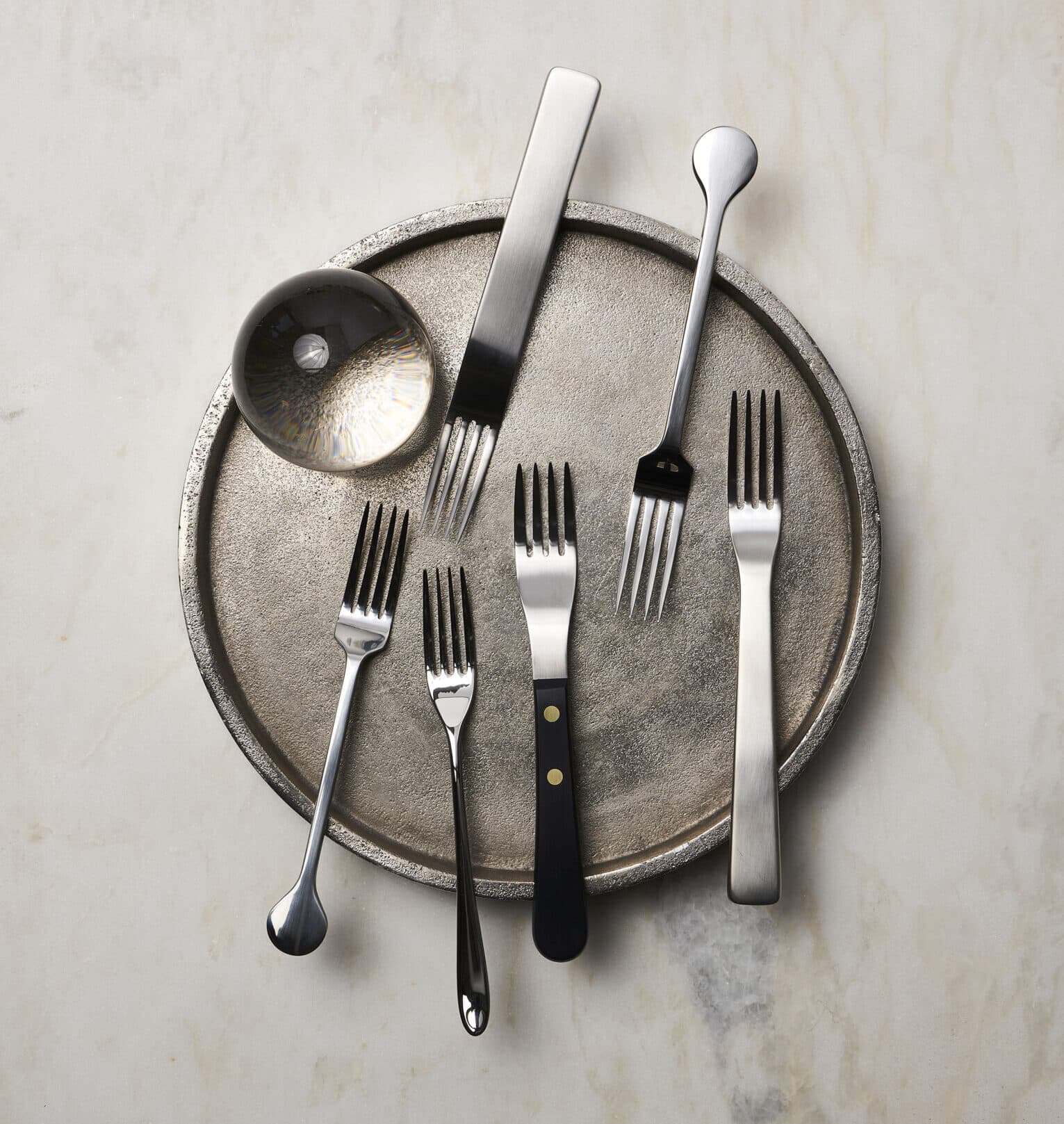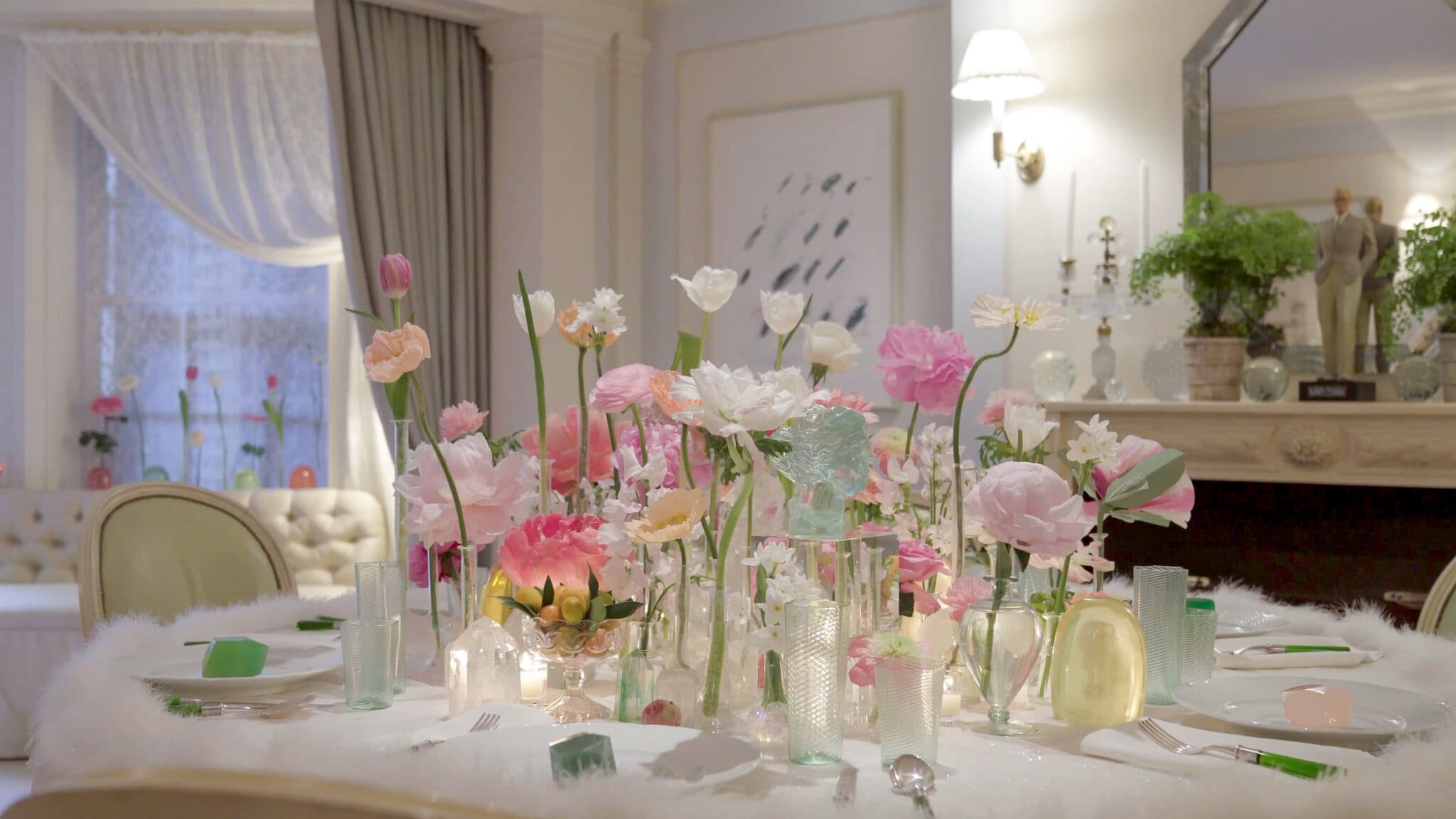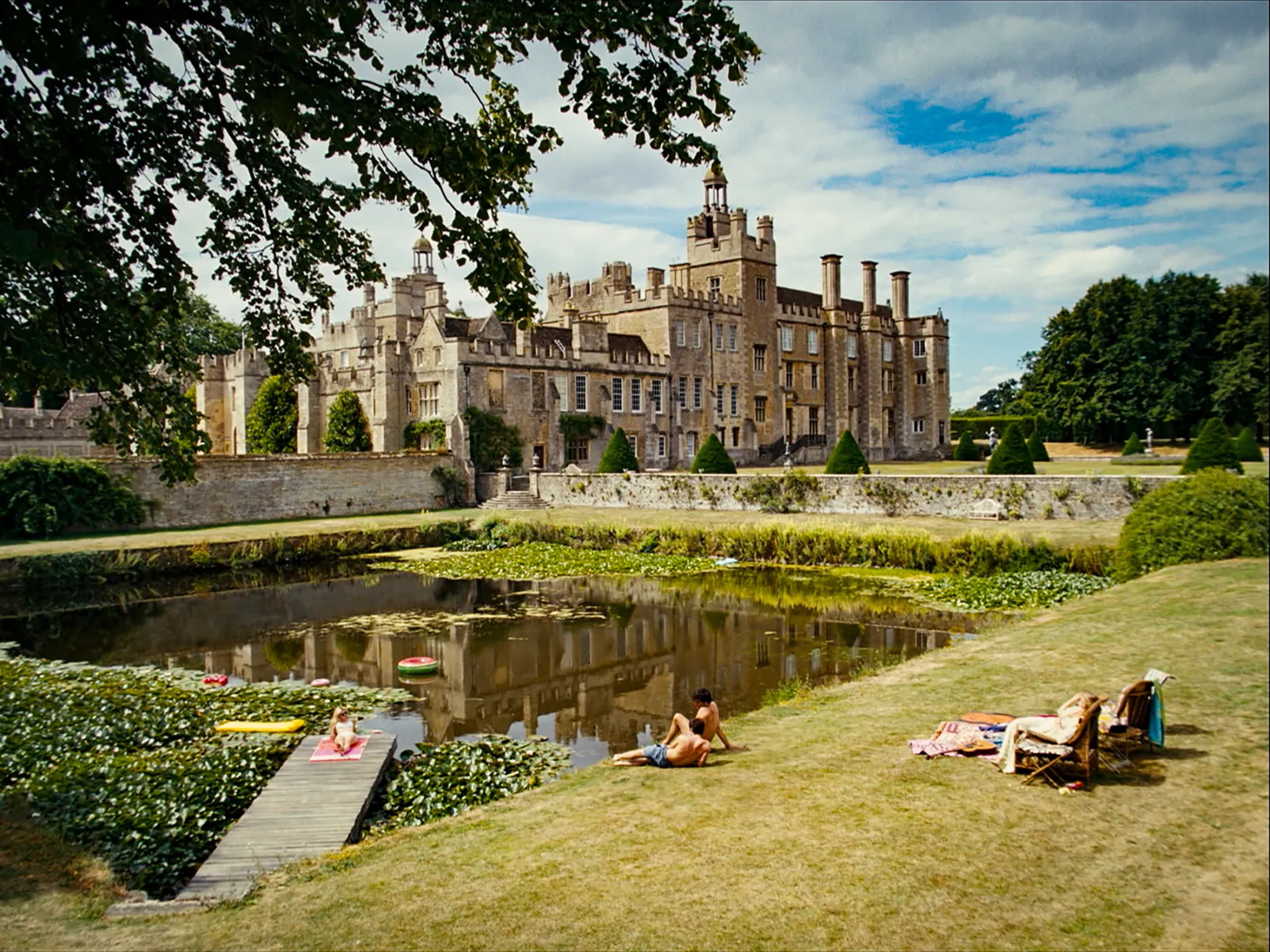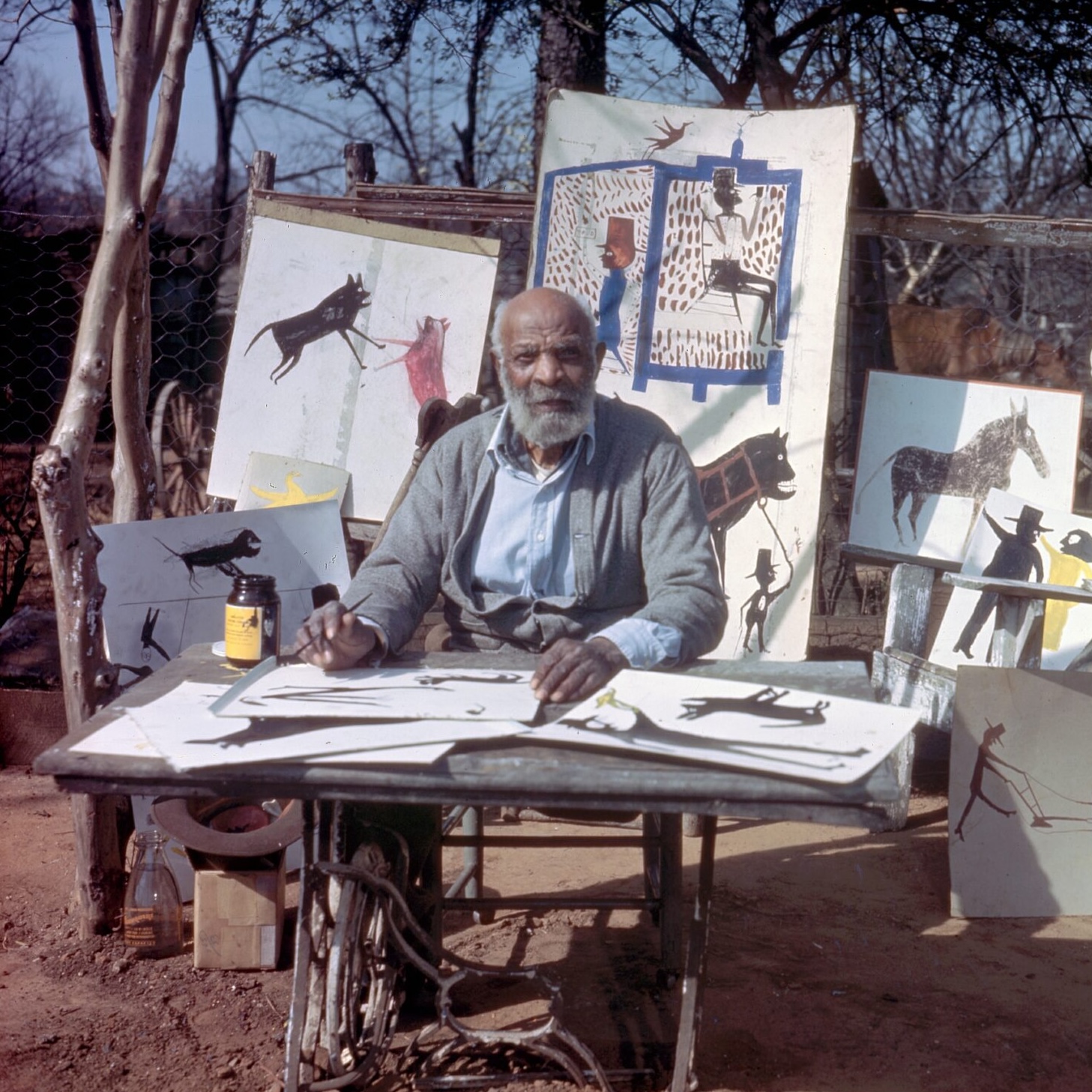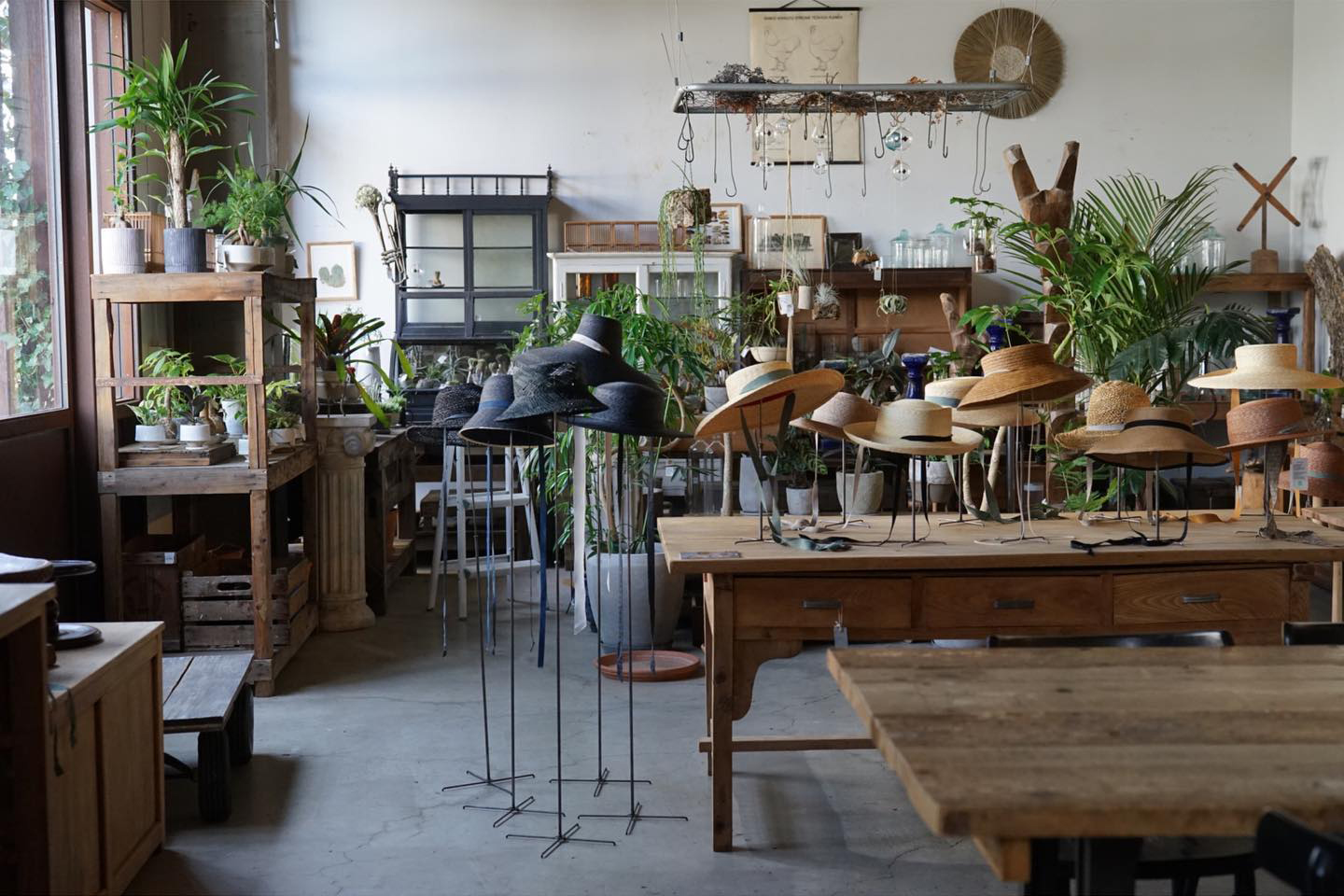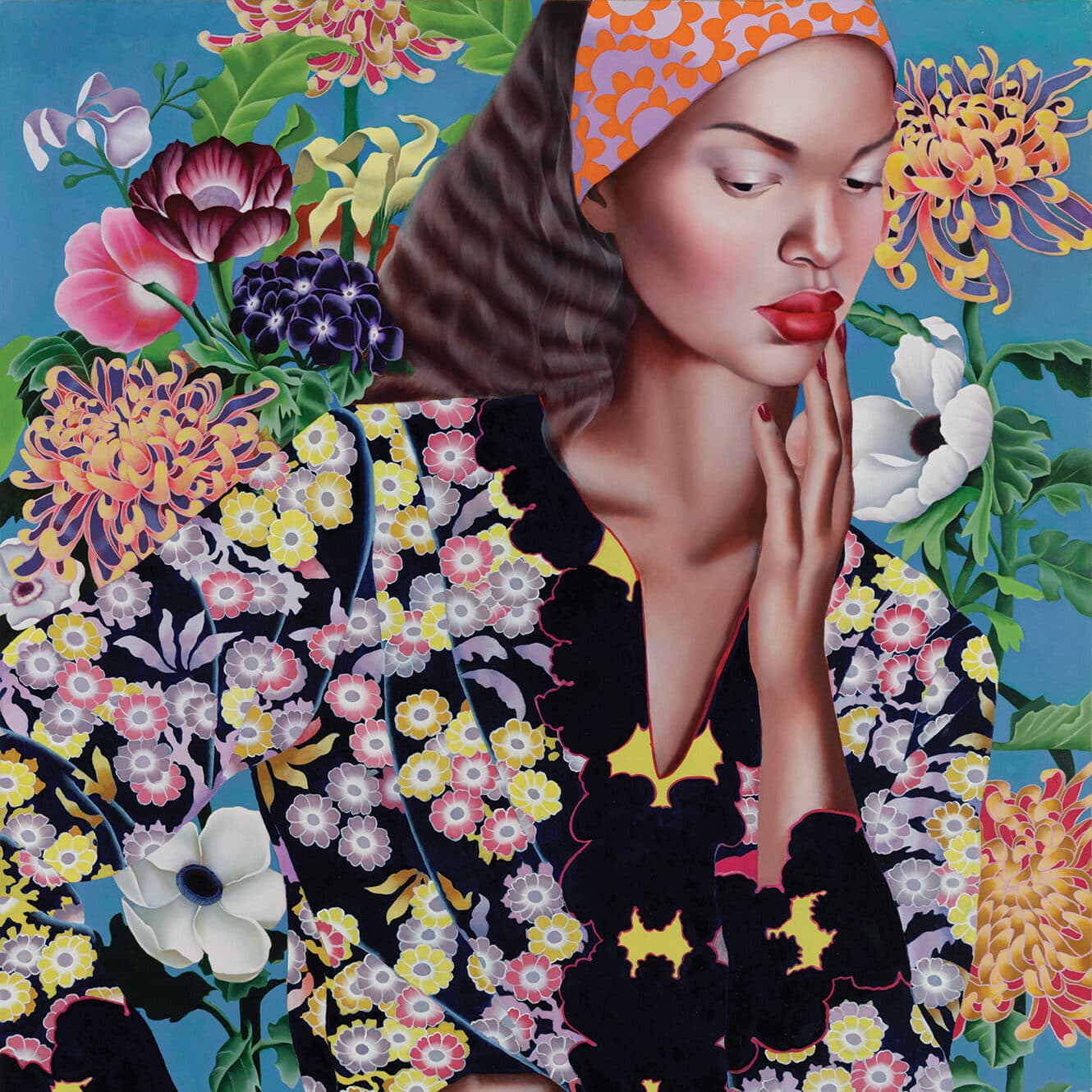Steeped in history and filled with priceless art, centuries-old antiques, and historical charm (not to mention a prestigious lineage), the English country house has long been an alluring subject for writers and filmmakers. Over the years, some of Britain’s most storied estates have been immortalized on the silver screen as stand-ins for fictional counterparts: Chatsworth House (known to viewers of Pride & Prejudice as Pemberley), Wilton House (the titular home in Howard’s End), Dyrham Park (Darlington Hall in The Remains of the Day), and Ranger’s House (the setting for Bridgerton) are just a few. Making its movie debut this awards season is Drayton House, a centuries-old private estate that doubles as the setting for Saltburn.
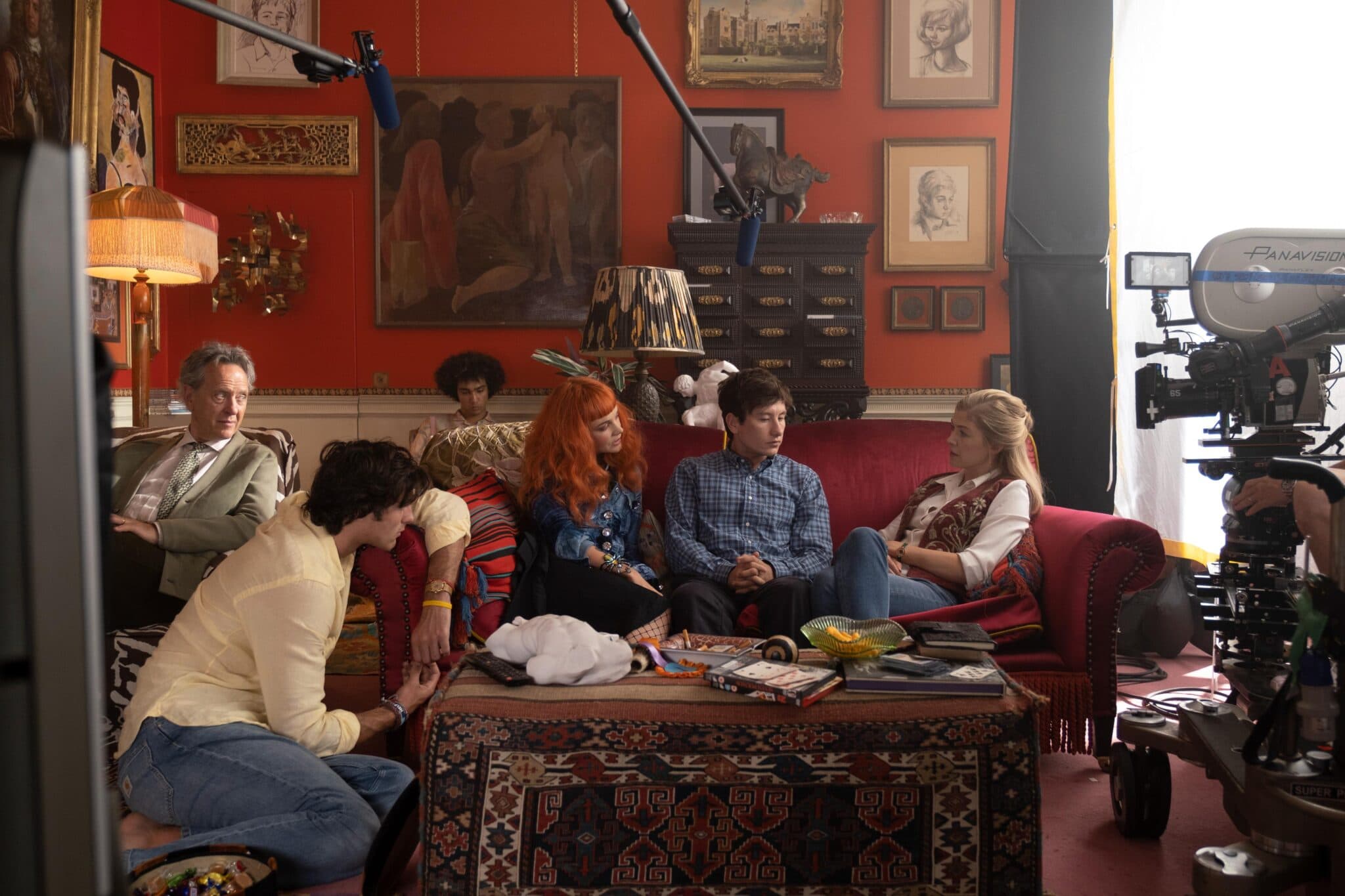
Vermillion red walls portend the violence to come.
Courtesy of Amazon PrimeFrom writer and director Emerald Fennell, this modern Gothic romance, set in 2006, follows Oliver Quick (Barry Keoghan), a scholarship student at Oxford who is invited by his handsome, aristocratic school friend Felix Catton (Jacob Elordi) to spend the summer at Saltburn, the manor house he shares with his parents (played by Richard E. Grant as Sir James Catton and Rosamund Pike as wife Elspeth), troubled sister Venetia (Alison Oliver), and adopted relation Farleigh Start (Archie Madekwe). Naturally, drama ensues: It’s a dark, Ripley-esque thriller of privilege, obsession, and social power games (plus a few “OMG, they didn’t go there!” moments).
Fennell looked to production designer Suzie Davies (who was nominated for both an Oscar and BAFTA award for her work on Mr. Turner) and set decorator Charlotte Dirickx (12 collaborations with Davies and counting) to come up with the appropriate country house. Specifically, she was in search of one that had never been seen on screen—not an easy feat, as just about every available house had been tapped for film duty, or came with a laundry list of restrictions if listed in the National Heritage and Trust.
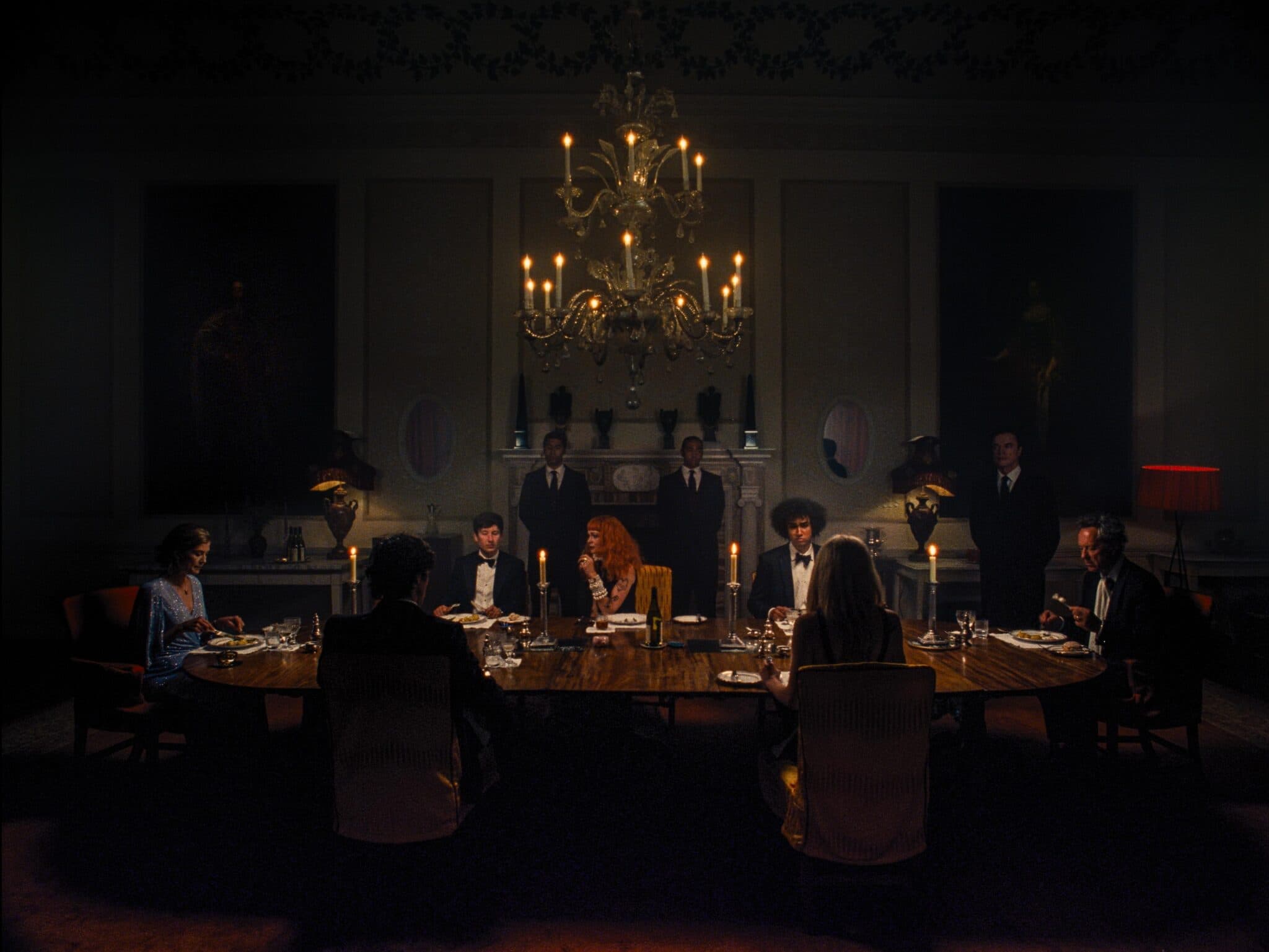
At Saltburn, dressing for dinner is a must.
Courtesy of Amazon PrimeForunately, Davies discovered Drayton House, a stately 127-room home in Lodwick, Northampshire, that has belonged to the same family for centuries. “We were very lucky—it felt quite different [from other manor houses] as the same family lived there for hundreds of years,” notes the designer. From Medieval and Gothic to Victorian, Edwardian, and Georgian, “There is every era of architecture represented, and every female member of the family would have put a stamp on the house. The property came with such a wealth of history and a good base to build our characters’ worlds.”
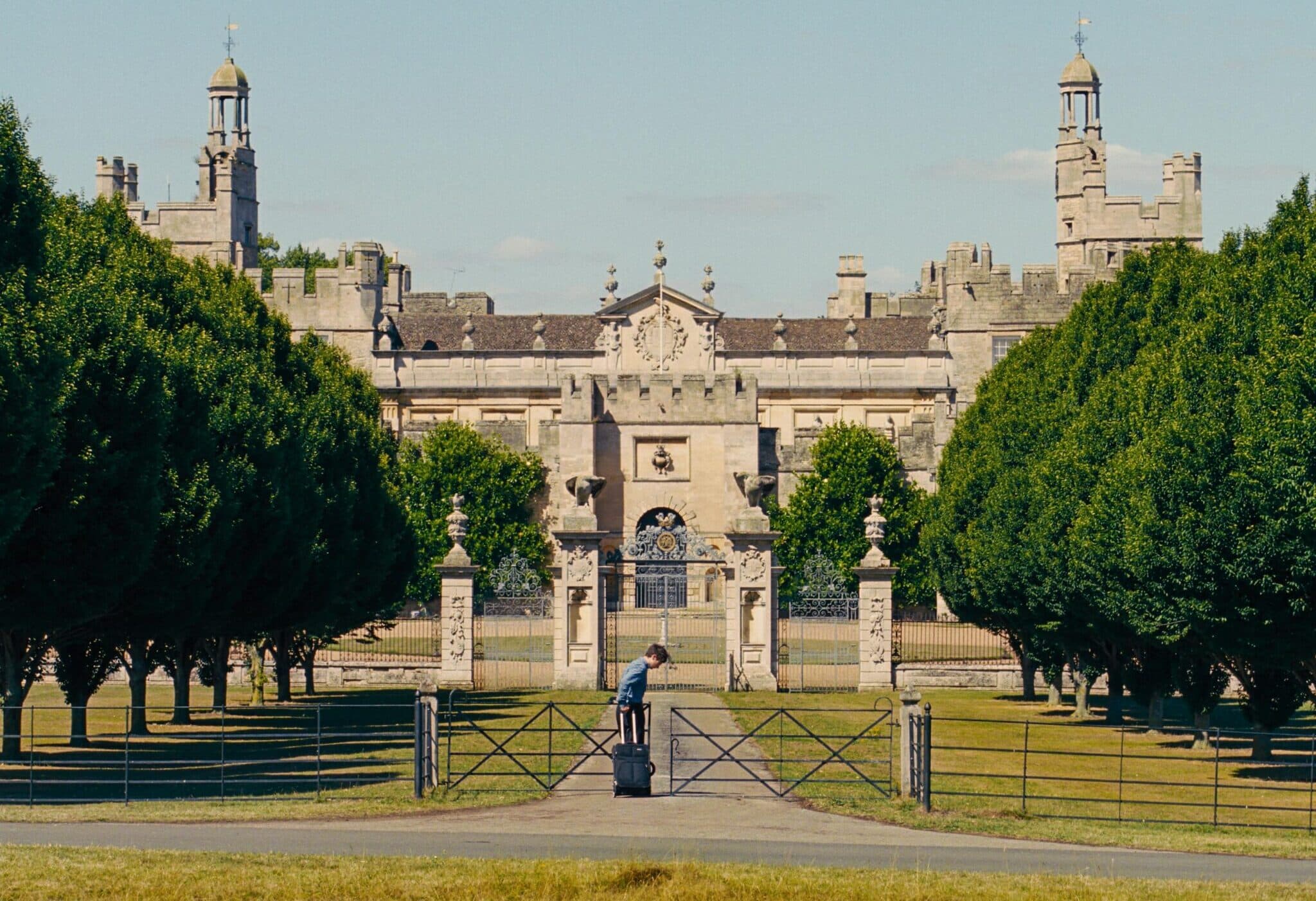
The 127-room home in Lodwick, Northampshire, had never been used for filming.
Courtesy of Amazon PrimeThe design team was given full access to the house, surrounding gardens, and pool, making it possible for the interiors to be constructed on site instead of on a soundstage. “We lucked out with the most amazing family who gave us free rein to paint the walls, take down the tapestries, and reimagine some of the artwork,” explains Davies. Her team added decorative painting to walls, and glazed ceilings and tile floors to add more reflection. The furnishings were a mix of sourced antiques and items from the owner’s collection. “We went for more of a bohemian feel, and added some things like the four-poster beds we found for Felix, which were sprayed in high-gloss turquoise car paint to add a contemporary element we thought he would have,” details Davies.
Davies referenced a variety of films that served as a significant influence, ranging from Alfred Hitchcock and Merchant Ivory productions to Brideshead Revisited to the contrasting lights and darks (known as chiaroscuro) of Stanley Kubrick. The estate’s ornate walnut cantilevered staircase, rich-jewel toned bedrooms, walls filled with both contemporary art and Pre-Raphaelite paintings, and a garden maze complete with Nicola Hicks minotaurs (patterned after actor Barry Keoghan) are just a few of the design highlights.
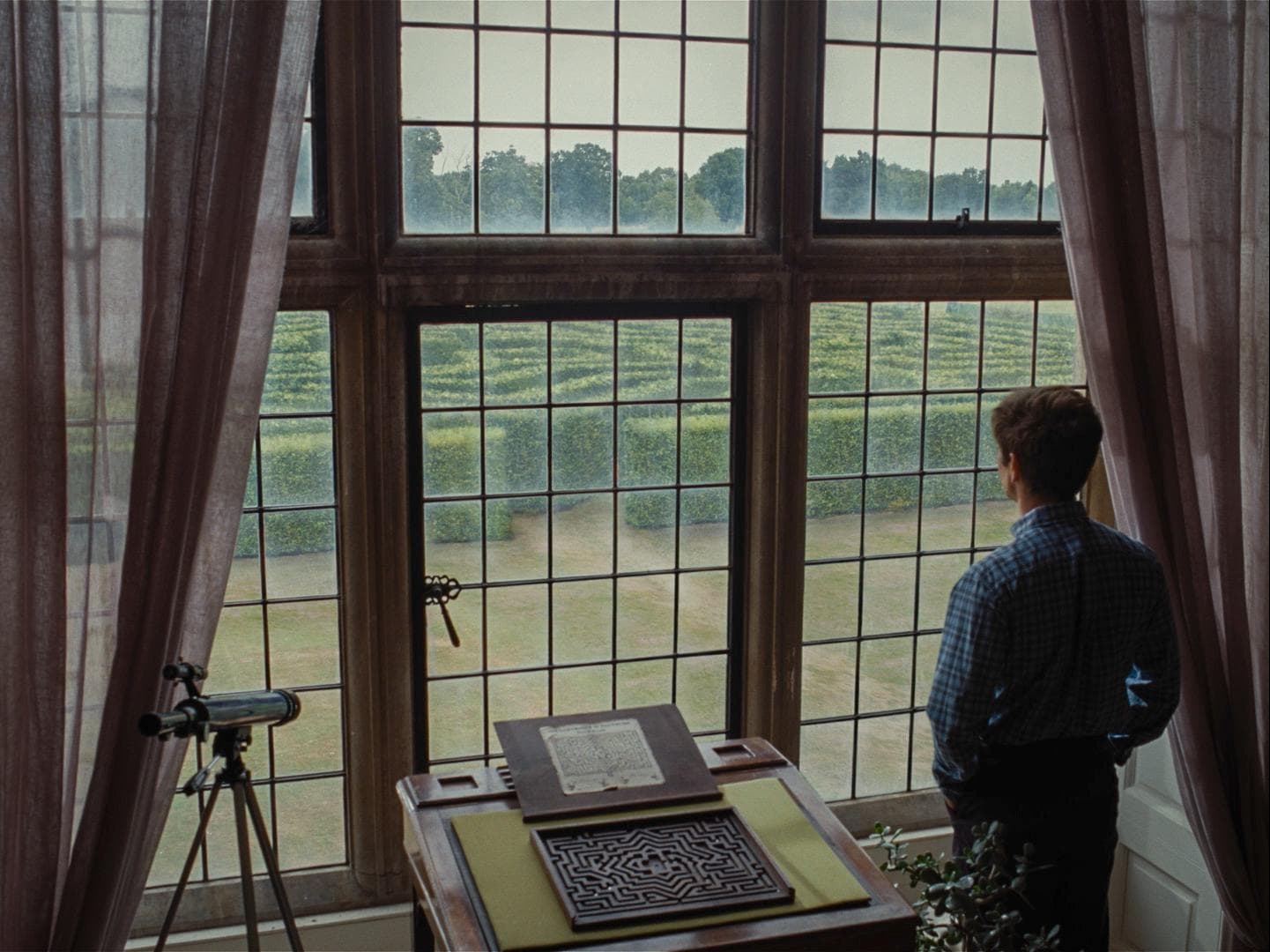
A manicured maze of hedges plays a crucial role in the film.
Courtesy of Amazon PrimeAs the story continues, the cinematography (and story) gets darker. Saturated hues fill the house, with the walls of formal sitting rooms covered in deep green and blue damasks, and the family room in vermillion with a sumptuous garnet velvet sofa. Felix’s and Oliver’s rooms are accented with Huguenot red, and their shared bath (converted from a bedroom) features millwork drenched in charcoal. The aim was to create a world that was lavish yet dirty—opulent Lalique ashtrays overfilled with cigarette butts, dirty plates caked with food, clothes strewn about on floors sticky with champagne.
As Emerald Fennel concludes, “With Saltburn, I wanted to make a modern gothic Romance, precisely the kind of British country-house-Gothic found in Brideshead Revisited and Rebecca. It’s a place where class, power, and sex collide.” Let the games begin.
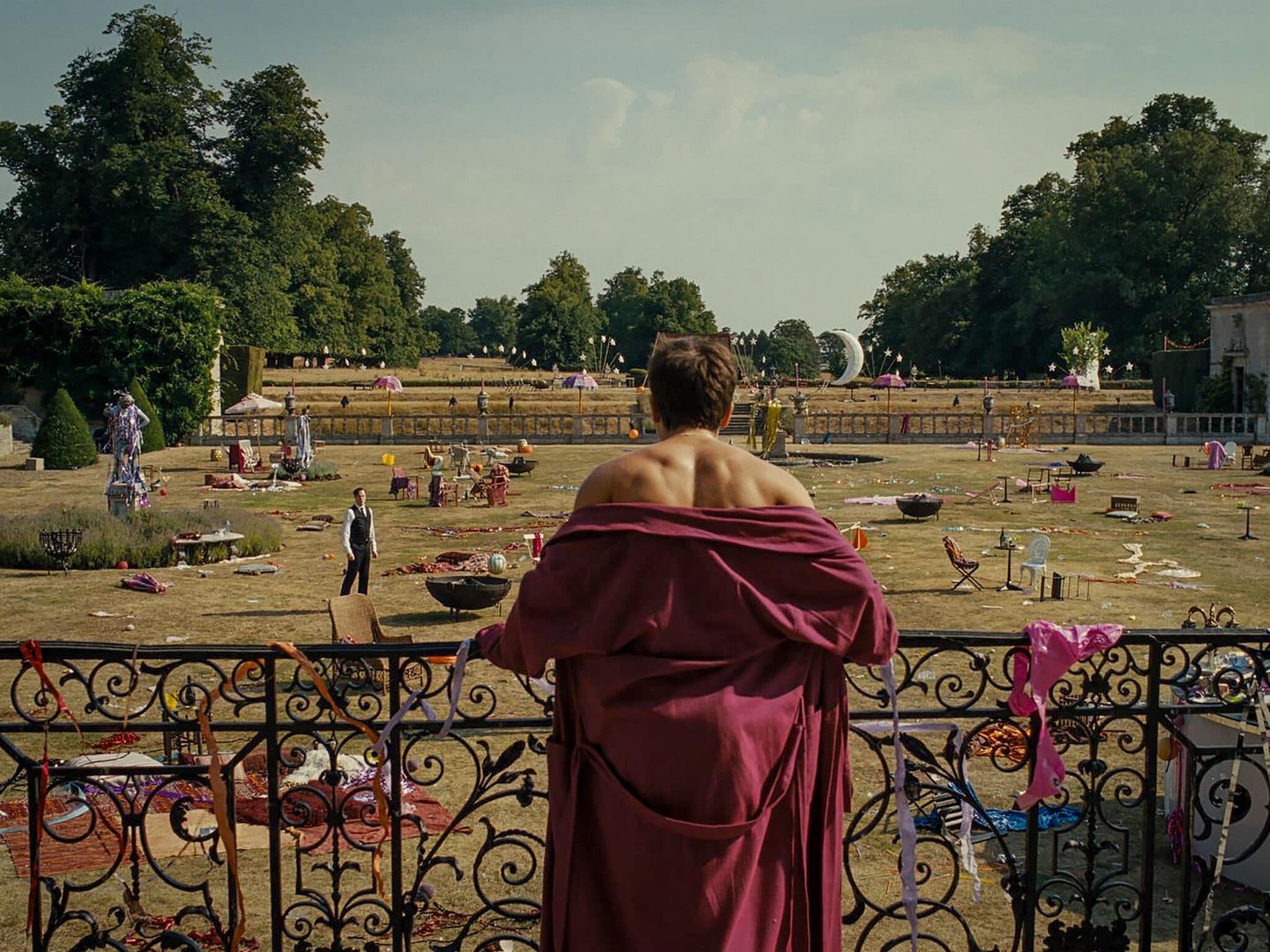
A night of decadence and debauchery is surveyed in the light of day.
Courtesy of Amazon Prime